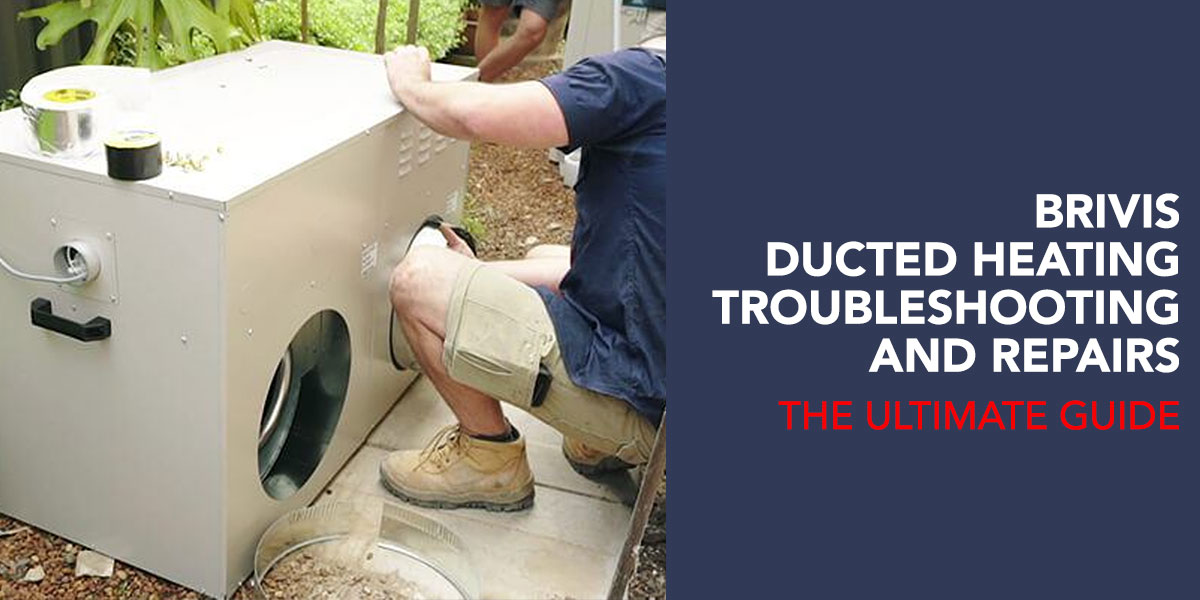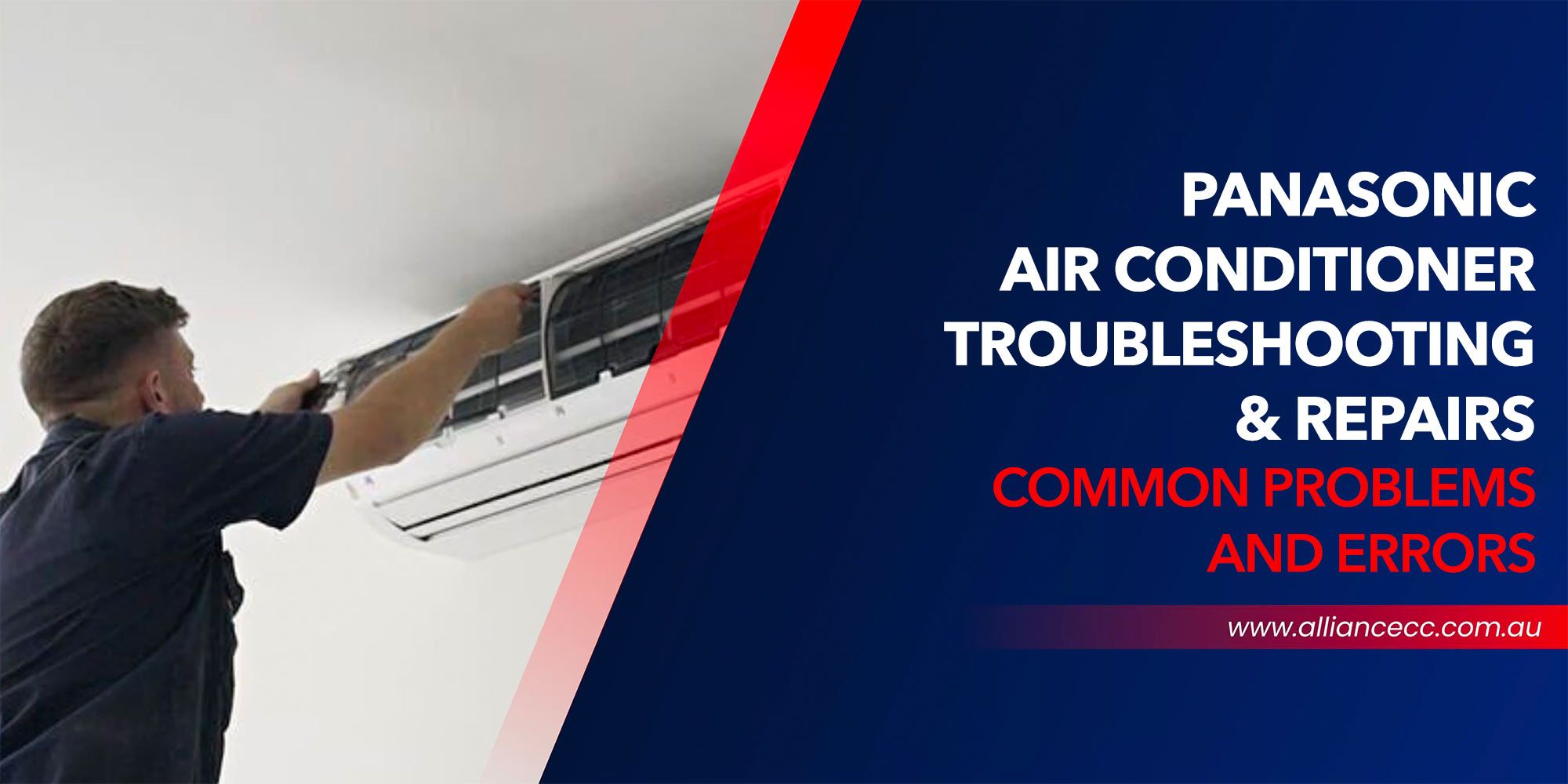
Did you know that indoor air pollution can have a significant impact on your health? In fact, indoor health pollution has been linked to many different harmful health effects. Australians are normally not aware nor concerned about indoor air quality, so it is safe to assume that indoor air pollution isn’t a common topic around the dining table.
So why should you care now? According to the United States Environmental Protection Agency (EPA), indoor air is two to five times worse than outdoor air. In the worst-case scenario, some homes were found to have air 100x worse than the air outside.
Obviously, indoor pollutant exposure should be a major concern. When you consider the fact that people today spend the majority of their time indoors, it should make this issue an even bigger concern. Studies have shown that the average person spends up to 90% of their time indoors, with about 65% of that spent in their homes.
Given the importance of indoor air quality (IAQ), steps should be taken to properly manage it. Some measures to reduce indoor air pollution include:
- Control airborne pollutants in your home
- Fresh air throughout your home
- Keep temperature and humidity at acceptable levels
- Regularly service heating and cooling appliances
Unlike the United States, Australia has no regulations on indoor air quality other than general workplace health & safety laws. That means it’s up to homeowners and businesses to take care of indoor air quality.
This poses a very clear question: What are we breathing? And how is it affecting our health? Read on to learn everything you need to know about indoor air quality.
What is Indoor Air Pollution?
Indoor air pollution is the contamination of indoor air with pollutants that can cause respiratory issues such as dust, dirt, bacteria and mould spores. Harmful gases like smoke, Carbon Monoxide, and Nitrogen Dioxide are also common indoor air pollutants.
Indoor Air Pollution is real, but many are not concerned about this because we can’t see it. Before mandatory quarantines across the globe, humans already spend more than 90% of their lives indoors. Indoor air is a vital part of keeping an indoor environment healthy, which means that homeowners, schools, and various other facilities should make keeping indoor air quality a priority.
Whether it’s at home, in the office, or other buildings, there are pollutants just about everywhere you look. The pollutants can cause eye irritation, headaches, fatigue, and allergies. These pollutants are often cycled in the air by unmaintained air conditioning systems.
Indoor air pollution has existed for thousands of years, but it wasn’t until advocating for cleaner air in the 1960s that we began to pay attention to what we were breathing. Regardless of where you live in the world, one thing we can agree on is not much is being done to educate people on indoor air pollutants let alone a measure to solve the problems of poor indoor air quality.
Did you know that indoor air pollution is considered to be one of the top five environmental risks to public health? Believe it or not, this is true and is backed up by numerous studies performed by the EPA and the Science Advisory Board. Indoor air pollution also has a high economic cost, which the CSIRO estimates at up to $12 billion per year.
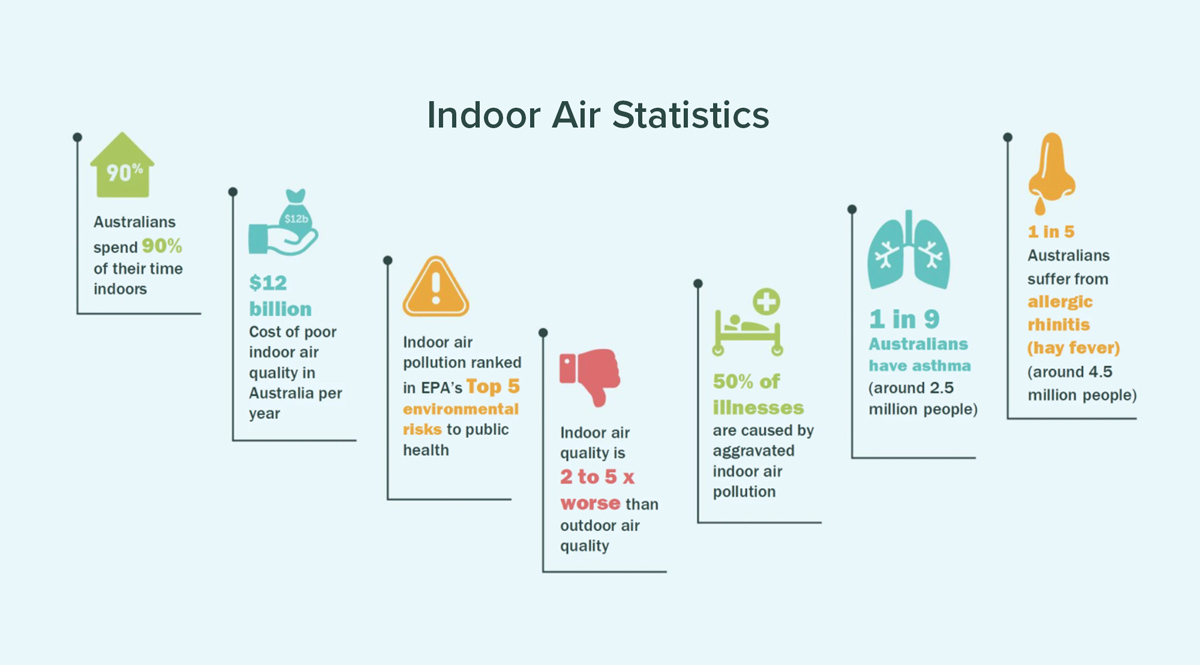
Indoor vs Outdoor Air Pollution: What is the Difference?
The concept of air pollution is often – if not always – associated with outdoor air. For example, during the ravaging bushfires in early 2020, people are recommended to stay indoors to avoid smoke inhalation.
According to the United States Environmental Protection Agency (EPA), indoor air is two to five times worse than outdoor air. Now more than ever, more people are cooking, exercising, working, relaxing and sleeping within the same four walls. Some buildings are also poorly designed and energy inefficient therefore trapping pollutants inside.
When looking at indoor air quality you also need to look at outdoor air quality. Why is that? Simple, outdoor air enters your home through doorways, windows, ventilation, etc. So, if you have outdoor air that is unhealthy entering your home, it’s going to fill your home with pollutants. This means that transportation and maintenance activities also influence indoor air pollutant levels.
What Causes Indoor Air Pollution?
There are various causes of indoor air pollution, with indoor appliances and poor ventilation being the biggest causes. Indoor factors like smoking can cause air pollution just as much as external factors like nearby construction, which is why indoor air quality monitors are essential.
Indoor Sources
Products in the Home
Volatile Organic Compounds (VOCs) are often found in furniture such as tables, shelves and cabinets. This is usually because cheaper wooden furnishing uses wood glue, which often contains formaldehyde and decreases indoor air quality. Lead paint which is peeling or flaking can also become an airborne pollutant.
Hazardous Chemical Combinations
Mixtures of different particulates can create poisonous pollutant cocktails that are bad for our health. Have a look in your kitchen – check out the disinfectant sprays used to clean the countertops, combined with stove emissions, burnt toast from breakfast, and you’ve got an invisible and hazardous concoction.
Wood Burning Heaters
Wood-burning heaters are known to be substantial contributors to indoor air pollution. The smoke released from these is a composite mixture of gases and particles. The primary pollutants are Carbon Monoxide, Carbon Dioxide and Nitrogen Oxides.
Different toxic chemicals will also be produced when burning treated or painted wood. If you use wood-burning heaters, ensure that these are compliant with Australian Standards to minimise emissions.
Gas Heaters & Stoves
Unflued gas heaters & stoves that are used indoors can circulate pollutants within the room instead of being brought outside through a chimney. When gas fuel is burned, chemicals such as Carbon Monoxide and Nitrogen Dioxide are produced.
The levels of pollutants produced by gas heaters and stoves will vary depending on whether the gas supply was properly installed, whether the heater was being used correctly, the specific type of heater being used, as well as the maintenance history of the heater. Other factors such as ventilation and room size also affect these.
Mould
Moulds pose a health risk due to the fact that they produce spores — tiny particles that pose a serious health risk as they are naturally carried in the air and may be inhaled by people inside a room.
Individuals who are sensitive or allergic to them may show symptoms such as skin and eye irritation, runny or blocked nose, and even wheezing. Mould in the air can cause severe flare-ups in asthmatics, and in extremely rare cases, people can develop a lung infection.
Poorly Maintained Air Conditioners
Air conditioners can be one of the worst offenders for indoor air pollution. This is common for poorly maintained units, or units who are rarely, if at all, cleaned. Dirty ductwork, vents, and filters cause mould to grow within them and continually release spores into the room.
Other contaminants may also accumulate inside the unit or ductwork and cause more harm than good. This can be easily prevented by regularly servicing your air conditioning unit.
Smoking
Smoking indoors is one of the fastest ways to contaminate the air, and arguably the most dangerous. Smoking produces secondhand smoke, which is the smoke produced by burning tobacco products mixed with the smoke exhaled by smokers themselves.
The smoke is widely considered as a carcinogen and contains more than 7,000 potentially hazardous substances. Since the smoke can move between rooms and even apartment units, increasing ventilation does not protect against secondhand smoke. Thirdhand smoke has now become a concern, as particles left behind on surfaces can become airborne again.
It has been established that any level of exposure to secondhand smoke or thirdhand smoke carries with it some risk, and those consistently exposed to passive smoking are at risk for cardiovascular diseases (heart disease, stroke), sudden infant death syndrome, and even lung cancer.
Asbestos
Asbestos is a mineral fibre that can be found in rocks and soil and has been widely used in building materials due to its strength and heat resistance. These mineral fibres become a health hazard when disturbed and carried into the air, usually due to age.
Although they have been banned in Australia since 2003, a lot of older homes still have asbestos in their structure. Tissue scarring and lung cancer are among the most common problems caused by asbestos.
Chemicals & Pesticide Use
Although pesticides are meant to kill other health hazards such as fungi, bacteria, and other organisms such as insects; they are innately toxic. Pesticides can contaminate indoor plant soil and surfaces within a room.
Because most pesticides are in the form of sprays and liquids, children are the primary victims of exposure to the chemicals. Eye, nose, and throat irritation, increased risk of cancer, and damage to the body’s central nervous system and kidneys are among the health problems caused by pesticides.
Outside Sources
Opened entryways like windows and doors or small cracks in the walls can leak pollutants naturally found outdoors like motor vehicle emissions. Pollutants can also be brought inside on shoes and clothing.
Natural Disasters
Bushfires are a prime example of this in Australia. As bushfires are a regular occurrence in Australia, it is important to seal your home from these pollutants. More Australians have been aware of the effects after the 2019 and 2020 bushfires, deemed by the World Health Organisation to have a hazardous air quality index – this means everyone may experience serious health effects through the bushfire smoke.
Plants & Animals
Plants and animals are one of the most common causes of indoor air pollution. Among these are animal dander, cockroaches, dust mites and pollen. Some of these, such as bacteria carried by people, will inevitably circulate in the home. However, things such as insect droppings are preventable if the home is kept clean.
Areas such as poorly maintained ductwork used by air conditioning and heating systems are susceptible to these kinds of contamination since they are rarely cleaned. These contaminants can often trigger allergic reactions such as allergic rhinitis, asthma, or hypersensitivity pneumonitis. In extreme cases, infectious illnesses or diseases causing bacteria can contaminate the air and seriously infect you and your family.
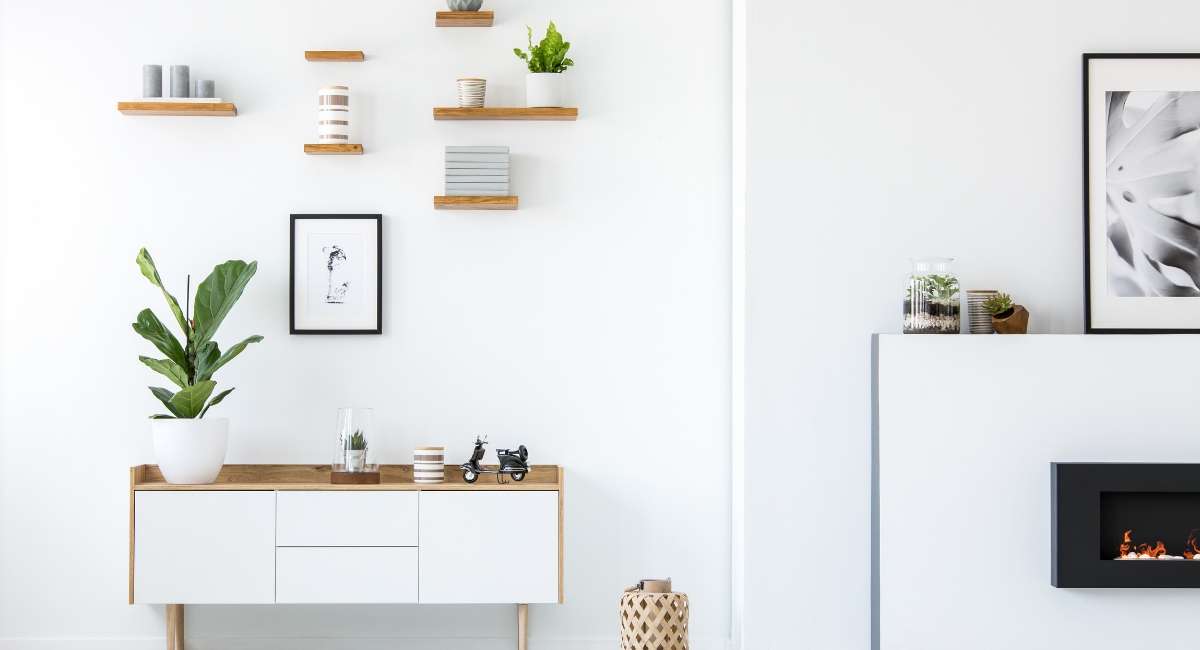
What Types of Pollutants are found in Indoor Air?
There are several pollutants to be found mixed with indoor air, the most common types being Carbon Monoxide, Nitrogen Dioxide, smoke, bacteria, mould spores and pet dander. Less common pollutants include Radon and Volatile Organic Compounds (VOCs).
Nitrogen Dioxide (NO2)
Combustible pollutants come from fuel sources that produce carbon monoxide and nitrogen dioxide. These are introduced to a home through improperly vented appliances such as wood-burning stoves, gas stoves, dryers, and fireplaces.
Carbon Monoxide (CO)
You may or may not have heard of a gas that is powerful enough to kill us slowly and silently. This culprit is Carbon Monoxide – a gas that is odourless and colourless so unless you have a detector you would have no clue that it is seeping through your gas appliances.
Volatile Organic Compounds (VOCs)
Often found in furniture such as tables, shelves and cabinets. This is usually because cheaper wooden furnishing uses wood glue, which often contains formaldehyde and decreases indoor air quality. Other VOCs include BTEX: benzene, toluene, ethylbenzene and xylene.
Radon
Radon is a gas that is extremely dangerous, in fact, it’s the second leading cause of lung cancer right after smoking. It can enter homes through cracks and other openings. While less of a concern in Australia compared to the US, it should still be worrying if radon is detected in your home.
Second-Hand Smoke
Second-hand smoke is an incredibly dangerous indoor air pollutant that is especially concerning for people with asthma. In addition to aggravating respiratory conditions, increasing the risk of cancer, and increasing the risks of getting ear infections, it also raised the chances for Sudden Infant Death Syndrome.
Particulate Matter (PM10 & PM2.5)
Particulate Matter simply refers to very small solid particles that are suspended in air, moving along with it. PM is always a composite of different organic chemicals, sulfates, nitrates, metals, soil, dust, and even allergens. They are categorised into two types: PM10 and PM2.5.
The former are those with a diameter of 10 micrometres or less, which can pass through the mouth or nose and stay in the lungs. The latter on the other hand, are those with a diameter of 2.5 micrometres or less, which allows them to enter the bloodstream and cause long-term health problems.
Bacteria & Viruses
This is arguably one of the more dangerous pollutants since they can cause serious diseases. There are a range of airborne viruses and bacteria that can affect your health, including the common cold and flu viruses and COVID-19. The spread of these viruses can be prevented by maintaining the cleanliness of indoor air.
Pollen & Allergens
Allergen is a broader term that encompasses pollen, a substance produced by seed plants and are important for their reproduction. It refers to anything that can trigger an allergic reaction in certain individuals.
Among these are dust, dirt, and animal-borne allergens such as the protein in mice urine. Regular cleaning can mitigate the spread of allergens, especially on surfaces where they tend to accumulate, such as mattress encasements, beddings, and carpets, among others.
What Are the Effects of Indoor Air Pollution?
Indoor air pollution can harm our health when consumed in a long period of time or immediately trigger existing allergies, asthma, and other respiratory issues. More serious types of indoor pollutants can cause much more severe types of long-term complications, including cancer.
Indoor air pollution can lead to long-term and short-term health problems, including:
- Long and short-term health problems
- Cough
- Headaches
- Fatigue
- Eye irritation
- Skin Rashes
- Allergic reactions
- Life-threatening conditions
- Carbon monoxide poisoning
On top of these health concerns, poor indoor air quality can also aggravate asthma symptoms and other respiratory disorders. When you consider the fact that 1 out of every 9 Australians has asthma, the importance of healthy indoor air cannot be overstated.
Children exposed to poor indoor air quality can experience the following:
- Impact student attendance in school as well as their comfort and performance
- Decrease productivity and staff performance
- Accelerate the deterioration and reduce the efficiency of any institution
- Create negative publicity
- Create liability issues
- Strain relationships
- Increase potential for institution closings or relocation of occupants
The Organisation for World Peace (OWP) found that 3.5 to 4.3 million people die annually due to indoor air pollutants – that’s more than HIV/AIDS and malaria combined. What’s more concerning is that right now poor indoor air quality is still negatively impacting the health of millions more.
The Covid-19 pandemic has also brought indoor air quality to many people’s attention. As lockdowns forced us to stay inside to flatten the curve and protect everyone from the virus, preventing the spread of coronavirus indoors has become a concern.
Over the course of the pandemic, it’s clear that indoor environments enable Covid-19 to spread more easily. Air conditioning systems have been linked to Covid-19 spread in Australia as well as in China. The evidence is clear: where people gather indoors together, the virus has a better environment to spread in.
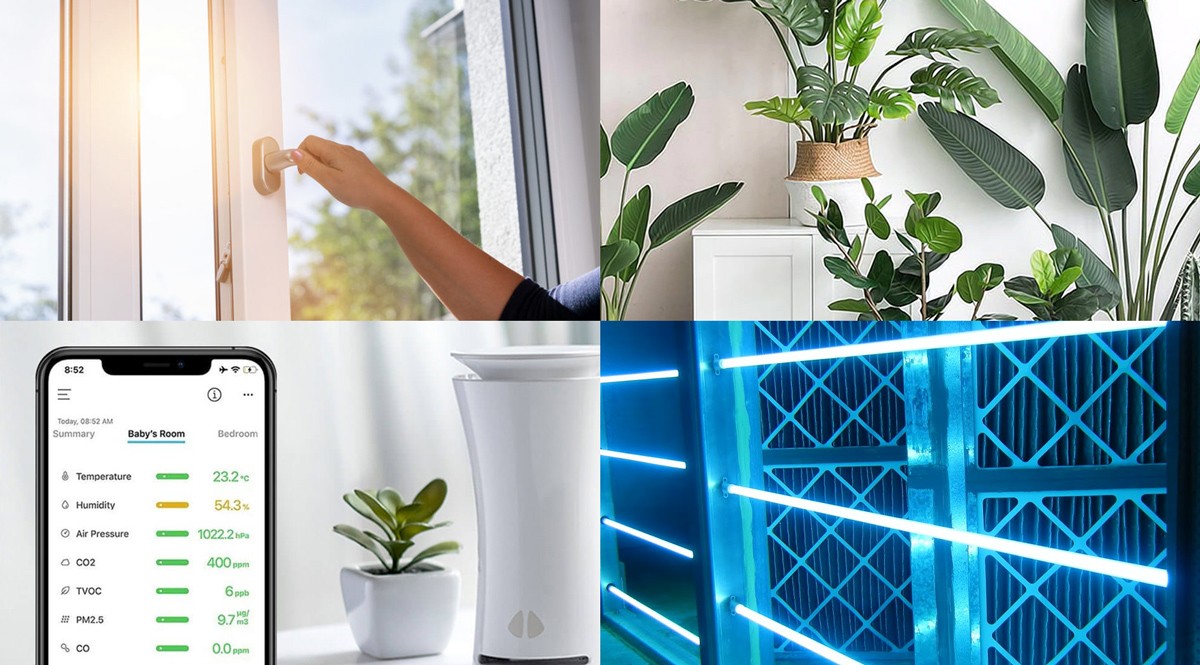
Signs of Indoor Air Pollution
What symptoms should you be on the lookout for that could indicate that there is a problem with the air quality in your home?
- Headaches
- Fatigue
- Shortness of breath
- Sinus congestion
- Coughing
- Sneezing
- Dizziness
- Nausea
Any of these symptoms may indicate an indoor air quality problem. If experiencing symptoms, it’s always a good idea to get a professional to perform an indoor air quality audit.
How to Reduce Indoor Air Pollution
When you realise that the air in your home is between 7 and 10 times as polluted as the air outside, the importance of improving the air quality simply cannot be overlooked. But, what can you do about it?
Manage Temperature & Humidity
When it comes to maintaining healthy indoor air quality one area that is often overlooked is temperature and humidity. In many homes, the temperature and humidity levels are controlled by your air conditioning or gas heating systems. It is vital to keep this equipment serviced and maintained on a regular basis to ensure that the air which circulates within your home is clean and pollutant-free. The truth is that temperature and humidity are two of the most important factors that influence the air quality in your home.
Improve Ventilation and Airflow
One of the most effective ways to increase your indoor air quality is to make sure there is a steady air flow going through your home. This may mean cracking a window open even when it’s cold or consider having a ventilation system installed and making sure it is regularly maintained. Be sure to use bathroom and kitchen exhaust fans to remove moisture and other pollutants.
Regularly Air Conditioner Filters
Something that is in your control is making sure your heating and cooling equipment is not adding to the concerns of poor air quality in your home. By having your heater or an air conditioner serviced regularly you will be sure to prevent any airborne diseases from being spread throughout your home and affecting you and your family!
We recommend removing your air conditioning’s filter for a clean every 3-4 months to make sure your system is working efficiently. Most importantly, pathogens and mould can grow over time in your air conditioning. The best way to minimise these issues is a professional air conditioner clean including disinfection.
Install MERV-13 HVAC Filters
A MERV-13 Filter captures up to 90% of contaminants within 1 to 10 microns i.e. viruses that often travel via sneeze and cough particles. This makes it the best air conditioning filter for home use, filtering out allergens, dust and viruses.
Regular AC Cleaning & Servicing
Many people don’t understand the idea of an air conditioning service and cleaning through a professional. Preventative maintenance is essential for indoor air quality! Air conditioning has multiple working components within the system and moisture can easily be trapped inside. Like a car, it must be serviced on a yearly basis to prevent the accumulation of unhealthy pollutants. A licensed HVAC technician can help clean your air conditioner from any viruses, dirt, slime, dust, and even black mould – which are more common in ACs than you think!
Install UV Light Air Purifiers
Increasingly, there are more and more devices created as add-ons to our existing air conditioning at home. All of our technicians have UV light air purifiers installed within their air conditioning systems in their home. Why? UV blue light is proven to kill bacteria and mould within the air conditioner. This means the air conditioning is clear from harmful pollutants when circulating air into your home.
If you can’t install a UV purifier or don’t have air conditioning, consider a standalone air purifier from a reliable brand like Daikin.
Adding Indoor Plants
Live plants are an aesthetically pleasing way to not only liven up your home but improve the indoor air quality. While all kinds of houseplants help purify air, there are certain plants that are more suitable to be kept in rooms with computers or printers. Whereas other plants are more useful in a kitchen with a gas stove. Visit your local nursery to find out what indoor plants are best suited for your home.
Remove Mould
Mould growth will significantly affect your indoor air quality as airborne spores will be circulated through your home by your air conditioner. While you can clean mould yourself, it’s best to speak to someone for professional mould remediation to ensure all mould growth is removed.
Avoid Smoking Indoors
Secondhand smoke is the primary culprit of tobacco-induced diseases in non-smokers. It travels from room to room, carrying all the chemical particles known to cause health problems. This means that improving ventilation will not particularly help.
The easiest way to prevent indoor air contamination is to simply avoid smoking indoors, which allows cigarette smoke to be blown away by the wind instead of circulating inside your house.
Don’t Use Ozone Generators
Although they are rarely seen these days due to the well-documented health risks, it’s important to note that ozone generators should not be used to reduce indoor air pollution. Ozone generators cannot purify air at a safe level for nearby humans and animals and should never be used.
In scientific studies, having safe concentrations of Ozone around people is ineffective in cleansing the air, making these devices bad at what they’re designed to do. Ozone has made a name in purifying water, but it requires higher concentrations to purify air as well — levels that are not deemed safe for humans.
Install an Indoor Air Quality Monitor
These devices are not very well known, however that is mainly due to the lack of education about the air we breathe. Indoor air quality monitors are made to detect and monitor the different air quality factors in your home or business so you can take action to clean the air in your home. Our technicians and their families have an indoor air quality monitor installed in their homes to make sure they know exactly what they are breathing in.
Install Carbon Monoxide Alarms
Since Carbon Monoxide is colourless and odourless, it is practically impossible to detect it without using specialised monitoring devices. This gas can cause death in some instances and is common in households with many fuel-burning appliances.
Carbon Monoxide is lighter than air, which means it will travel upwards along with warm air. That’s why Carbon Monoxide alarms should be installed at least 1.5m above the ground or mounted on the ceiling, but never right next to a heat source such as a fireplace or a flame-producing appliance.
If your home has an alarm installed in an inefficient location, it’s important to speak to your local indoor air quality specialists about having one installed in a better location. If you suspect you may have a carbon monoxide leak, book a professional for carbon monoxide testing urgently.
Regular Cleaning Indoors
Clean surfaces that are commonly used at home. Think: light switches, doorknobs, door bells, windows etc. Use lemon juice, baking soda, or vinegar to clean surfaces instead of supermarket disinfectants and chemical sprays. While you’re cleaning make sure you are vacuuming your home at least twice a week, especially in areas with high-traffic. Ideally, take off shoes when entering your home to avoid bringing pollutants into the house.
For complete peace of mind, or if someone in the household or workplace has suffered from Covid-19, you can book a fogging or sanitisation service to eliminate germs.
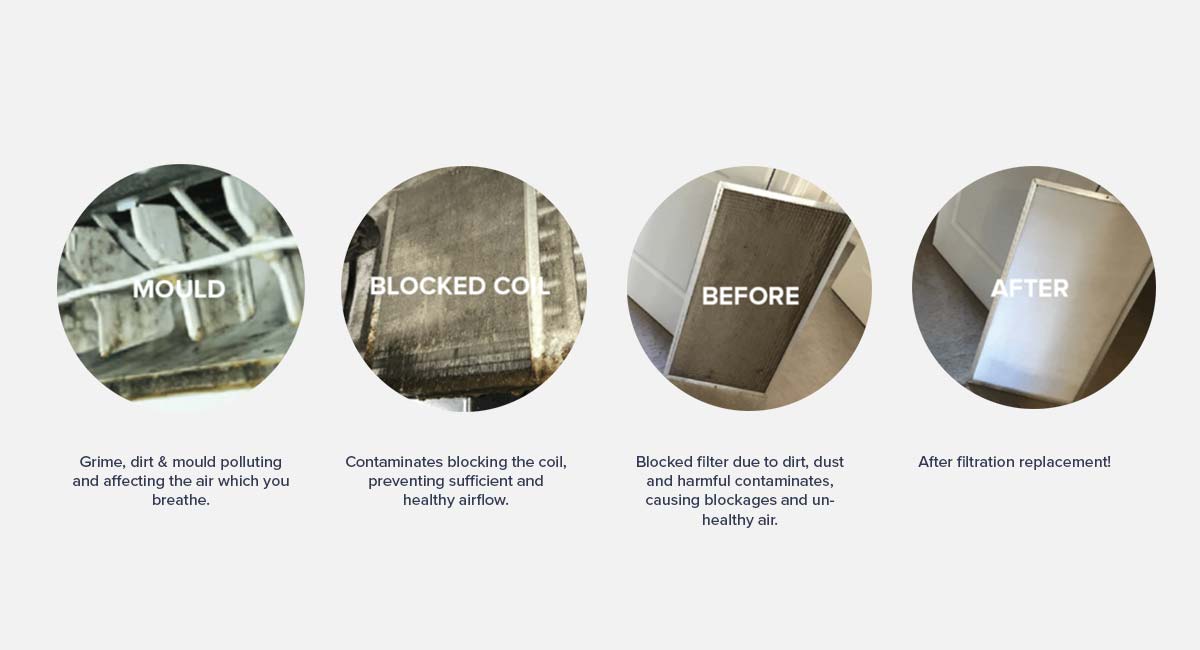
How to Check Indoor Air Quality
Indoor Air Quality Monitors
Indoor air quality monitors are created to measure the composition of indoor air, detecting any pollutants. Some IAQ sensors can even connect with other smart home devices or use IFTTT triggers to speak to other smart appliances to improve the air quality in your home.
At Alliance Climate Control, we recommend using uHoo Indoor Air Quality sensors, one of the most advanced devices in the world. Check out our Digital Marketing Specialist Carol’s 14-day trial and review of the uHoo IAQ sensor in her apartment.
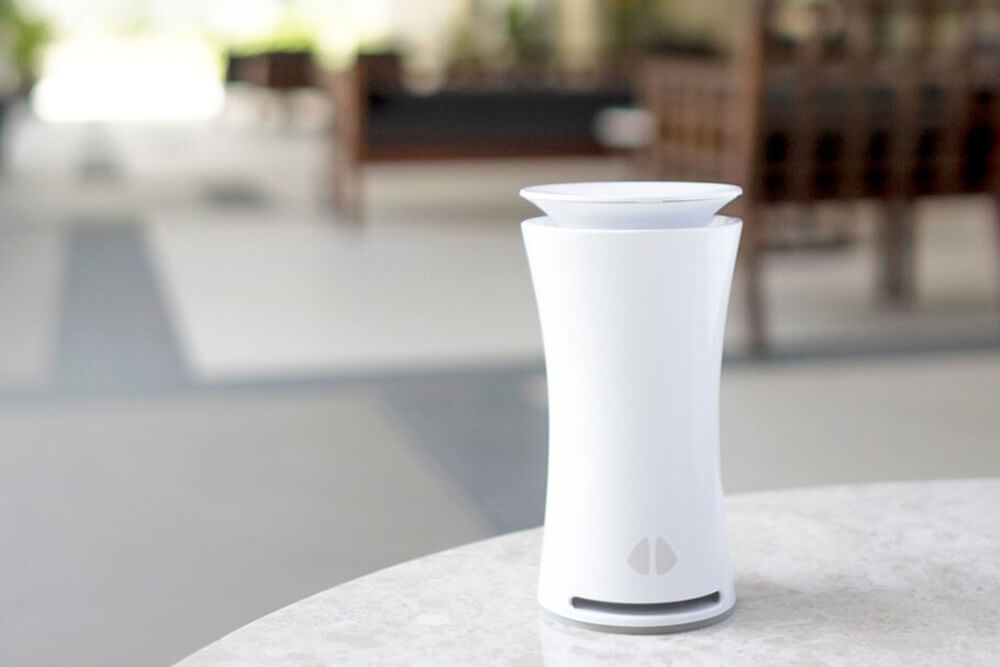
Professional Indoor Air Quality Testing
If you are looking for ways to improve your indoor air quality the answer is simple: book a professional inspection from your local indoor air quality experts.
During a professional indoor air quality test, experts inspect your home and ensure that your heating and cooling equipment is free from mould, dust mites, radon, allergens, and other harmful substances. As well as checking the condition of your indoor air, you’ll receive a tailored action plan based on any issues detected.
Here at Alliance Climate Control, we employ a team of experienced experts that can evaluate the condition of your heating and cooling system and see just how healthy the air in which it produces. By contacting us today, we can schedule an inspection quickly to help ensure that you and your family are breathing in healthy air.
Call us on 02 8061 5023 to make a booking with our insured friendly IAQ technicians today.
Related Questions
Does Cooking Affect Indoor Air Quality?
Yes, cooking can and will affect indoor air quality, whether you are using gas, wood, or electricity. Propane and natural gas stoves can release harmful pollutants, such as Carbon Monoxide, which will affect your breathing and overall health over time.
Self-cleaning ovens are also known to produce high levels of air pollutants. People constantly exposed can experience headaches, nausea, and irritation of the throat and nose, which is why it’s important to ensure your kitchen is well ventilated.
How Accurate Are Air Quality Monitors?
Air Quality Monitors are never 100% accurate, as they usually sit at around 70% – 85% accuracy. They, however, provide an insight into the actual Indoor Air Quality (IAQ) at any given moment.
Even if your indoor air quality monitor isn’t 100% accurate, it can act as an early detection tool for detrimental air pollution. Air quality monitors are able to detect hazardous pollutants like carbon monoxide and mould spores much sooner than you will be able to unassisted, which will allow you to identify and resolve the issue before it affects your health.





